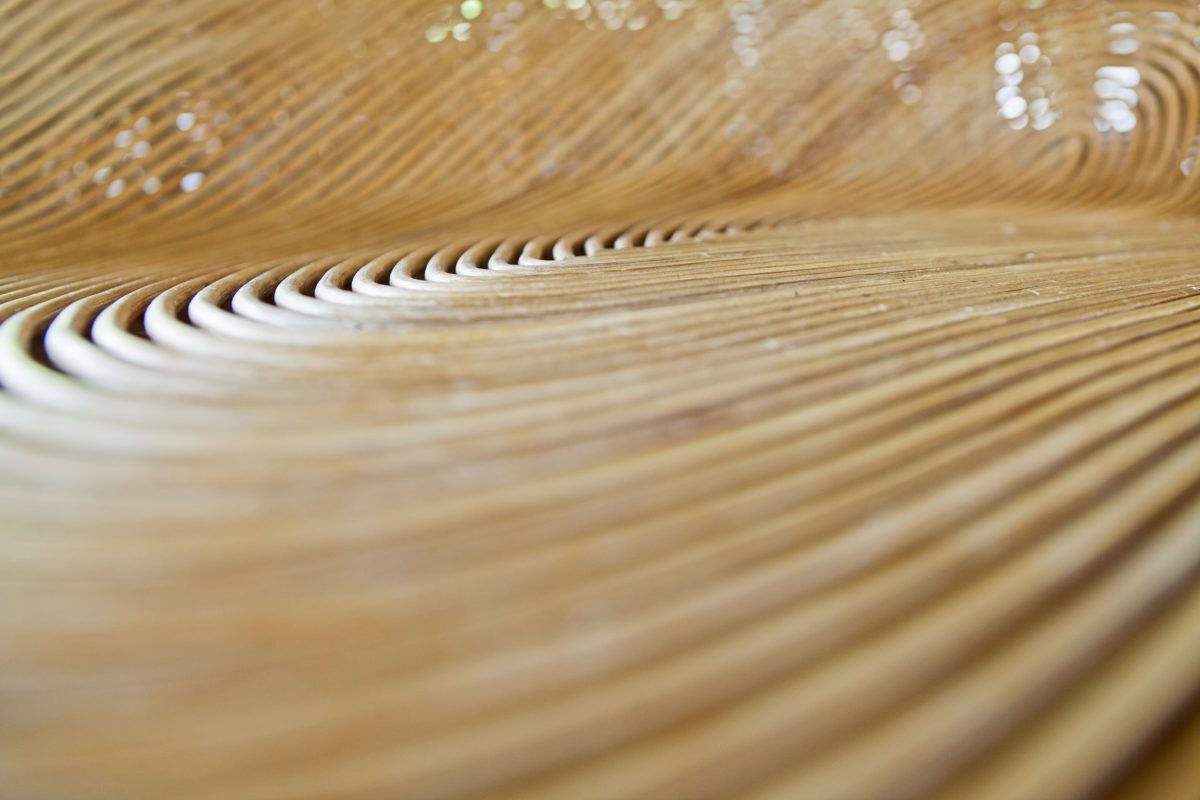The way we weave

When we talk about food, shelter and clothing, we generally mean these three to be separate things, and, to be one thing: our basic needs. They can also be seen as the same activity in deferent mediums. They are the weaving of different elements together to form comfort.
When we look at the literal meaning of weaving we think of the practice of taking strands of yarn and interlacing them to form a textile. This means laying the strands on top of each other in an alternating pattern (like #) until they form a whole that is more than the sum of its parts. Braiding for instance is a form of weaving. We also often use the concept of weaving as a metaphor.
When we eat, we rarely eat one thing. Soup is a classic case of the weaving metaphor used to illustrate how different ingredients, animal, vegetable and mineral are put together to create a whole that is more than the sum of its parts.
Even more closely related are shelter and clothing. We shelter from the cold in our homes. Whether those homes are cardboard boxes or suburban condos. We also use our clothing to shelter from the cold when we wait at a transit stop in the winter. Weaving is the literal method used to create the textiles from which clothing is made. It’s a bit harder to see that meaning with shelter; but it is there.
Architecture is a grand word for shelter. We can see the metaphor of the architect as a master weaver using the information from, for instance, the surveyors, engineers and contractors to create a whole that is more than its individual contributors could do in isolation. We can also see its literal meaning in the cables used to make a suspension bridge stand, in the checked patterns created by bricks & mortar, and in the curved forms being built using engineered wood. Where the weaver is most successful is where the weaving achieves comfort.
As users of the space we know when a building feels right, it has to be comfortable. When it meets our literal basic needs: is there a place to put my coat when I’m inside, is there a place to get a glass of water, will it keep the sun off my head in the summer and the snow off my shoulders in the winter; the building is acceptable. The magic of the architect it taking it out of the literal and into the metaphor. With this in mind I would suggest that the architect has achieved excellence when the weaving is invisible to the people casually using the building – when it meets the aim of food, shelter and clothing: when the building provides comfort.